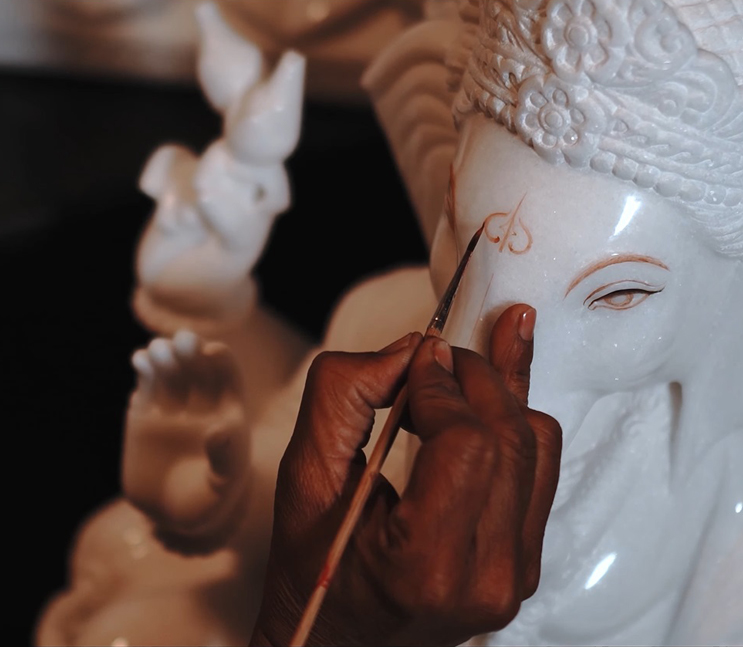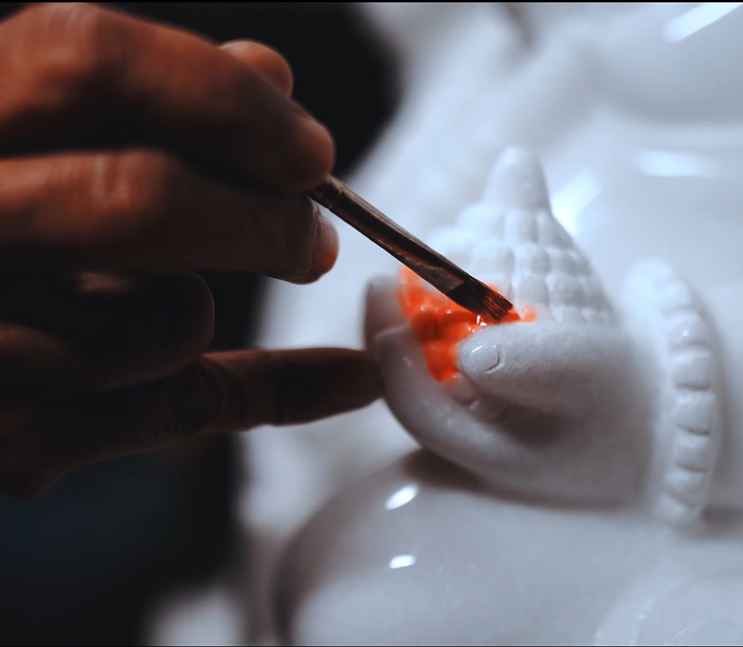
Evolution of moortis in 21st Century: What has changed? What has stayed the same?
Moorti or idols is an object that is used as a representation of a deity. Moortis are believed to be the embodiment of the divine, and therefore, they are worshipped as an object of worship. We are used to seeing Moortis in our temples, as they are objects of worship.
However, these Moortis changed a lot in the last century. The moortis that were used, are not just a representation of a deity, but they are also used as an object of worship.
It is interesting to know how these Moortis came to be. We have come a long way from the time of the Vedas. In this article, we will discuss the evolution of moortis in the last century.
Historical background: Moorti in Vedic times
The Vedas are the earliest scriptures of Hinduism. The concept of Moortis, or idols, is mentioned in the Vedas. It is believed that the moortis were used during the Vedic times. However, there are no details in the Vedas about how these moortis were formed. The moortis were used as a means of worshiping the deities. Since the Vedas have not left any information about the evolution of these moortis, it is difficult to trace the timeline of their evolution.
Moorti evolution in the last century: What has changed?
With the advancements in technology and the industrial revolution, the manufacturing of idols has become easier. There are also many more artists, who can create moortis. The art of idol making, including sculpture and painting, has become more widely practiced. The manufacturing of idols has become easier. There are also many more artists, who can create moortis. The art of idol making, including sculpture and painting, has become more widely practiced.
The manufacturing processes of moortis have also changed. The use of new materials and the designs of newer moortis have added to the aesthetic appeal of the moortis.
The manufacturing processes of moortis have also changed. The use of new materials and the designs of newer moortis have added to the aesthetic appeal of the moortis.

Stepwise creation of moortis
The manufacturing process of idols is an intricate process. The ancient artists used simple tools. With time, the tools became more complex. The manufacturing process of idols is an intricate process. The ancient artists used simple tools. With time, the tools became more complex.
The manufacturing process of moortis includes many steps. These steps depend on the type of moorti. For example, a sculpture-based moorti will require carving. A two-dimensional moorti, such as a painting, does not require much drawing.
The manufacturing process of moortis includes many steps. These steps depend on the type of moorti. For example, a sculpture-based moorti will require carving. A two-dimensional moorti, such as a painting, does not require much drawing.
There are various stages involved in the manufacturing process of moortis. Once the raw materials are procured and the design finalized, the next step is to find a suitable place for the moorti. The place where the moorti is to be kept is called the ‘mandapam’. The next step is to remove the soil around the mandapam. The soil is usually very fertile. This step is required as the soil is used to feed the moorti and sustain it. A moorti does not last long without food and water.
After removing the soil, the next step is to prepare the place for the installation of the moortis. The space where the moortis will be kept, is called the ‘sabhamandapam’. The space is usually kept clean, free of dust and other pollutants.
The Conclusion
Due to the changes in moorti-making process, it is possible to achieve micro level accuracy which was either not possible, or demanded lots of efforts. Because of this advancement, it has been possible to precisely create idols with measurements as prescribed in our shastras. As, it is just the beginning of automation, it is too early to say what will be next in the field of moorti-making.


